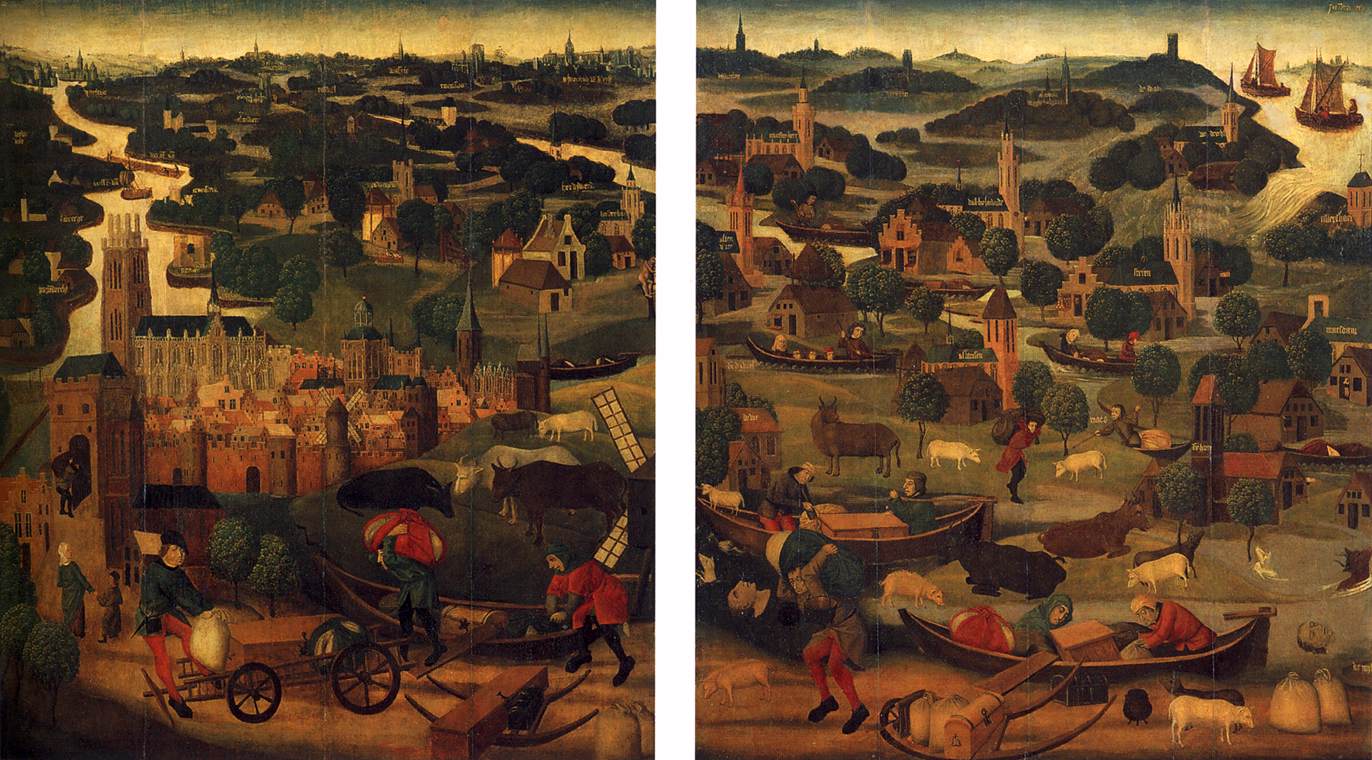“Jena before us in the lovely valley”
This is the beginning of Gottfried Benn's poem 'Jena' (1926), translated by Michael Hoffmann and reprinted on the Poetry Foundation website. The words were his mother's, written on a postcard. 'It wasn’t a great picture,' he recalls. You can read what he says next as either touching or condescending:
... the hills weren’t green with vineyards,
but she was from back-country hovels,
so the valleys probably did strike her as lovely,
she didn’t need laid paper or four-color print,
she supposed others would see what she had seen.
He guesses that the landscape had moved her sufficiently to ask a waiter for a postcard. When Benn wrote the poem, she was long gone, and yet that moment in front of the landscape, 'an exaltation', remained fixed in her words. Like his mother, we will all become ancestors, Benn concludes, including those who are looking at the valley today.
Michael Hoffmann, whose translation appears in the book Impromptus: Selected Poems, observes that 'Jena' is a strange but typical mixture: 'almost coldly dispassionate' and yet elegiac at the same time. Another translation can be found at the New Criterion, by Teresa Iverson, who says that it is written in 'a style which, to some, has barely seemed to avoid
sentimentalism.' I had a look online to see if I could find a postcard that might resemble the one in the poem. Perhaps something like this one, dated 1903. Benn's mother died in 1912 of untreated cancer (in Impromptus the date is given as 1922, the year his wife passed away). For me, 'Jena' is doubly elegiac because nobody now sends postcards home from their holidays. This one might have been cheap and uninspiring, but it permitted Benn to return to a vanished instant of time inhabited by his mother and 'see what she had seen.'
































